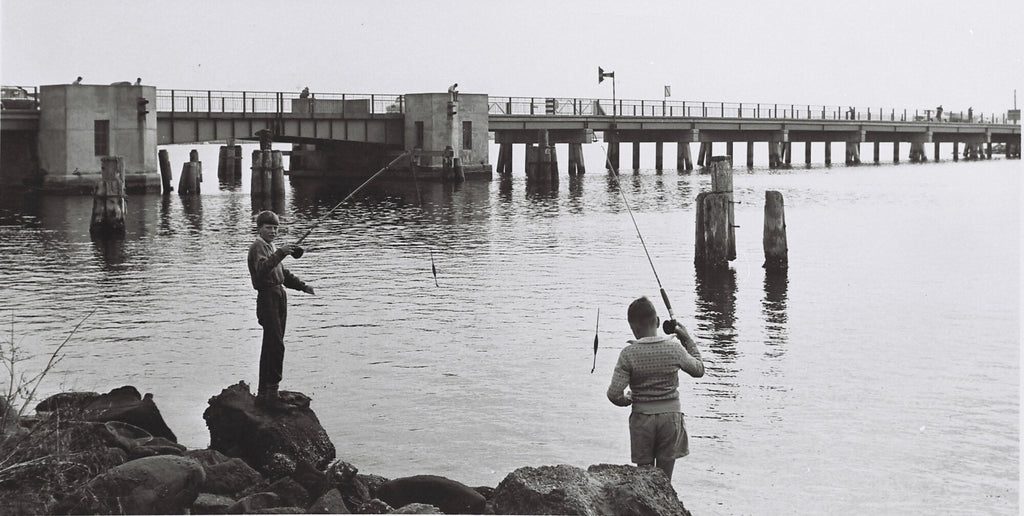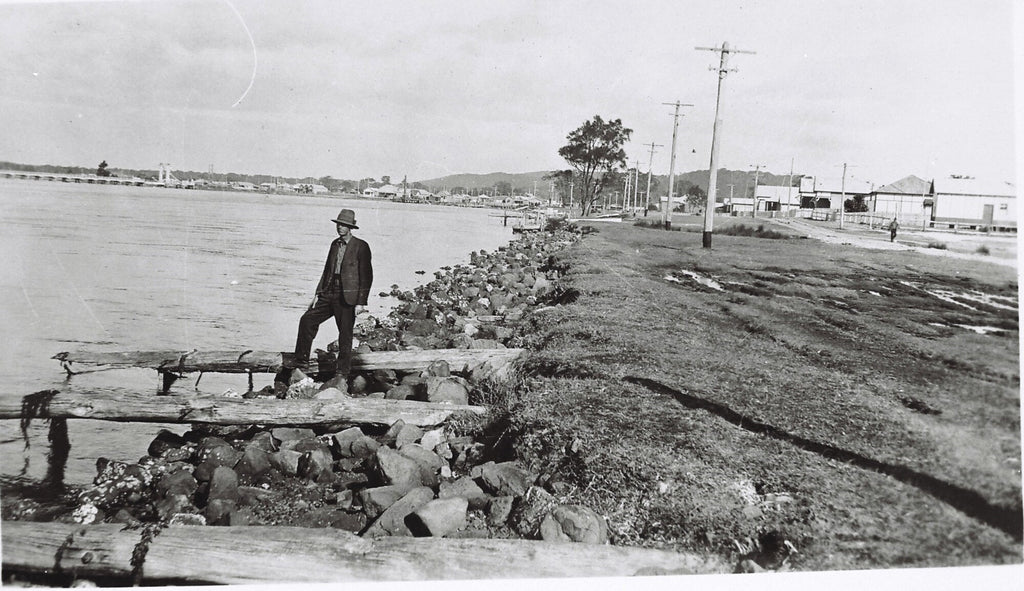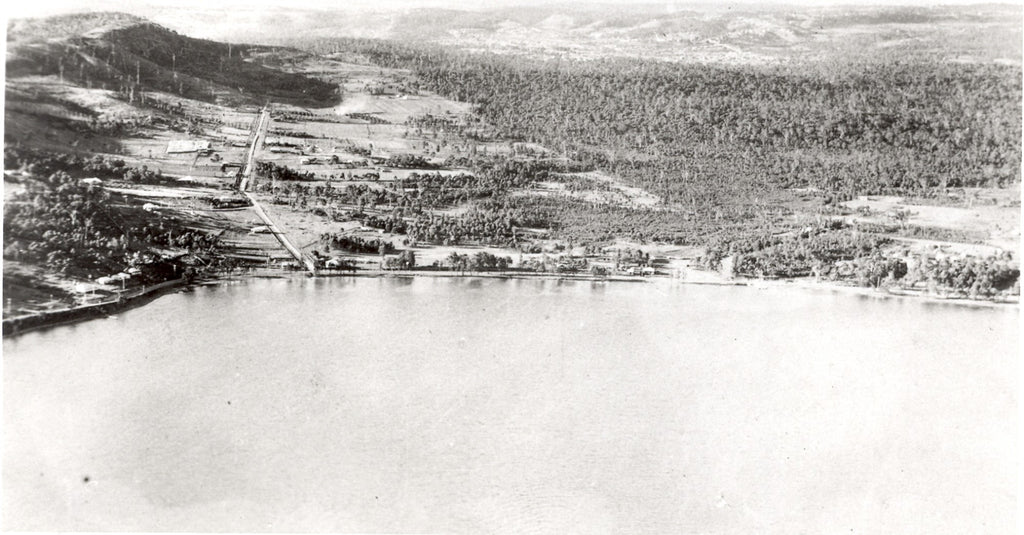Blog ·
Commercial & Recreational Fishing in Lake Macquarie ·
History of Fishing in Lake Macquarie ·
Lake Macquarie Fishing ·
Lake Macquarie: History, Fishing & Rehabilitation
Lake Macquarie is Australia’s largest coastal lake, although it is more accurate to describe it as a seaboard lagoon. Measuring a shoreline circumference of 174 km and a cover of around 110 km2 with a catchment of 700 km2, it is currently enjoying the status of one of the best examples of aquatic rehabilitation in Australia.
History
Before Europeans arrived in Australia, the local aboriginal people, the Awabakal Nation, enjoyed a life of plenty, with several large archaeological middens discovered around the lake pointing to the plentiful supply of seafood as a mainstay of their diet. The lake was known as Awaba, meaning ‘plain surface’ in the local language.
It wasn’t until 1800 that the area was discovered by Captain William Reid who had been sent north from Sydney to bring back a cargo of coal from the Hunter River. He mistook what is now Swansea Heads for the mouth of the Hunter River and procured his coal with the help of the local indigenous people who pointed out the coastal coal seams. The lake became known as Reid’s Mistake until 1826 when it was renamed Lake Macquarie in honour of Governor Lachlan Macquarie. By that same year the first white settlers were moving into the area.
Commercial fishing began in earnest in the 1860s when Joseph Marshall of Paddington Brewery established Marshall’s Fishery and Curing Factory to produce tinned fish for the Sydney market. Pelican Flats, which was the original name for the Swansea area attracted Chinese immigrants who had left the NSW goldfields to take up fishing and curing. There were approximately 30 to 40 Chinese living in Pelican Flats, fishing, curing and growing vegetables during this time. Town allotments became available in 1863 and they were taken up by fishermen and seamen. Other industries that flourished were the burning of oyster shells for lime, making hats from cabbage trees, coal and of course timber with several sawmills in the area by the 1870s.

Fishing
The lake had a thriving commercial fishing industry for many generations and the city of Lake Macquarie grew, with most of the population based around the shores of the lake. The introduction of marine engines and power winches after WWII eventually contributed to the overfishing of the lake. In addition, urban run-off created a severe silt and sedimentation problem that led to a decline in the number of species of aquatic life and sea grasses and ultimately the degradation of the water quality.
Conflict between recreational fishing and commercial fishing was common, with scientific studies being undertaken as far back as the 1950s to assess the causes of the conflict. In 2002 commercial fishing was finally outlawed and a recreational fishing haven was established. Many studies were undertaken over a number of years by the NSW Fisheries Department which led to the difficult decision. There were 36 commercial fishing operations that were directly impacted with the loss of their livelihoods. The government decided that the ban was essential if the lake was to be rehabilitated.

Rehabilitation
The lake has now had over 20 years without commercial fishing and the affect has been significant. Contributing to the success has been the establishment of Lake Macquarie as a trophy dusky flathead fishery which means that all flathead over 70cm must be released, ensuring the health of the breeding cycle and maintaining the stocks. Jewfish stocks have had a significant increase and there is a snapper recovery underway as well. Bream, whiting, Australian salmon, yellowtail kingfish, squid and even tropical fish such as giant herring, big eye trevally and pennant fish can all be found in the lake. Larger species are also on the rise with the improvements to the aquatic ecosystem and it is now possible to spot dolphins, seals and even great white sharks.
There are now over 280 species present in the lake. This recovery has been faster and more successful than anyone could have predicted, but with an increasing population it will continue to remain under pressure. Never the less, it is being hailed as the one of the most significant and successful aquatic rehabilitations in Australia and proves that it can be done.

Fun Fact
The Dawson family moved the family oyster processing business to its current location on King St (from Cardiff) in 1980 and have been a local business ever since. When commercial fishing was approved in the Lake, Dawson’s regularly stocked bream, mullet, flathead, crabs and leather jackets from boats moored at Swansea.

